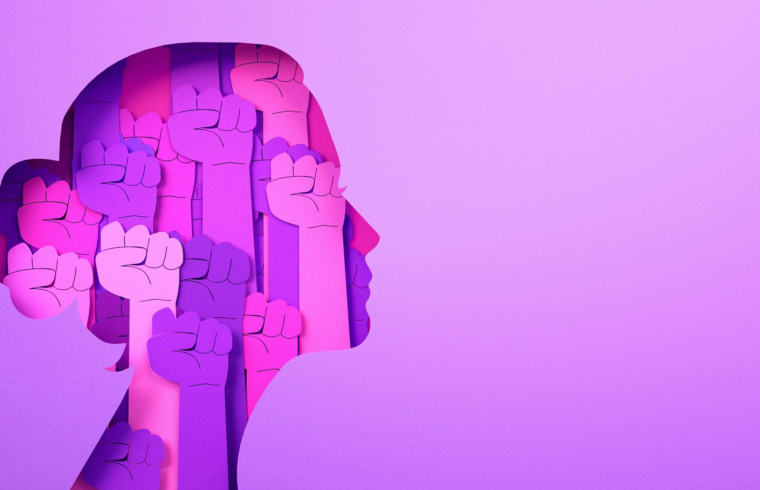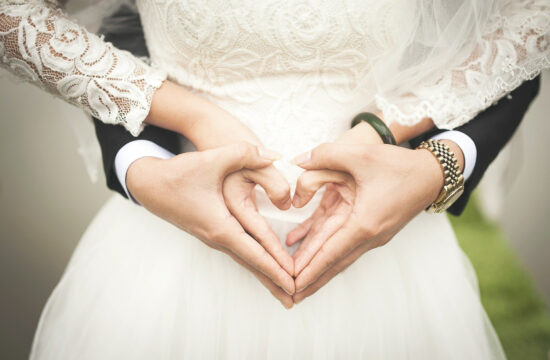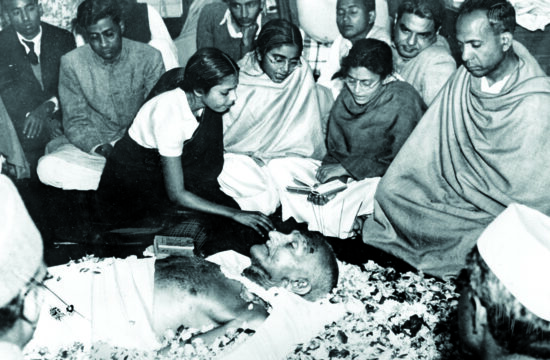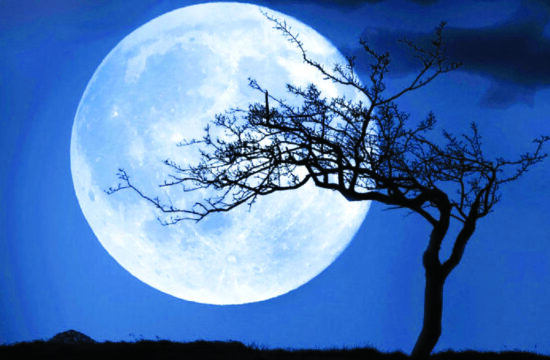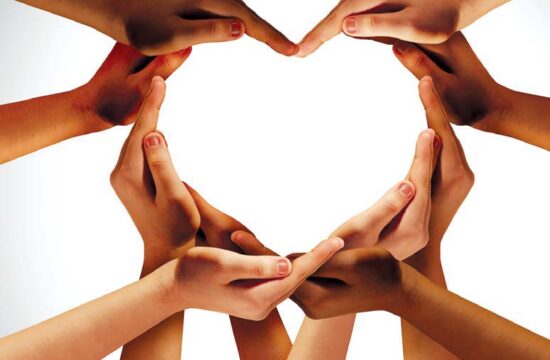In India, a mural painted by women is being revealed at a metro station. In Mexico, protesters will be on the streets, demanding women’s rights. Jamaica will see the first all-female sitting of parliament. And in China, men will present the women in their lives with gifts. Happy International Women’s Day!
For years, women have marked the now-annual event on 8 March in different ways, but mostly to build momentum on issues that matter to them, and to inspire change.
The day’s origins date back to the beginning of the 20th century: in 1908, thousands of women marched through New York City, demanding better working hours and pay. A year later, the Socialist Party of America declared a Women’s Day.
The idea of an international day came from Clara Zetkin, leader of the “women’s office” for the Social Democratic Party in Germany, while she was at a conference in Copenhagen in 1910. She proposed a celebration on the same day every year to press for demands.
London saw a march in support of women’s suffrage on 8 March 1914, and thousands of women in Russia protested to demand bread and peace on 8 March 1917 (23 February in the Julian calendar in use in Russia at the time), heralding the start of the Russian revolution. Four days later, the tsar was forced to abdicate, and the provisional government granted women the right to vote.
“International Women’s Day comes out of revolutionary movements among working-class women as well as [their] supporters,” says Temma Kaplan, an activist and retired professor of history at Rutgers University in the US. “It had an intellectual and public face because mobilisation was part of early socialist women’s and suffragist movements.”
The UN adopted the day in 1975, which it had declared international women’s year, and uses it to promote a particular issue, campaign or theme. IWD is now a public holiday in countries including Nepal, Burkina Faso, Sierra Leone, Cambodia and Kyrgyzstan. In China, women get a half-day holiday.
The annual day has drawn criticism from feminists who say it risks becoming little more than a corporate Valentine’s Day, with companies using the occasion to “pinkwash” their brands rather than promote women’s equality.
Sarah Johnson
Courtesy: (excerpts from an article in) The Guardian


